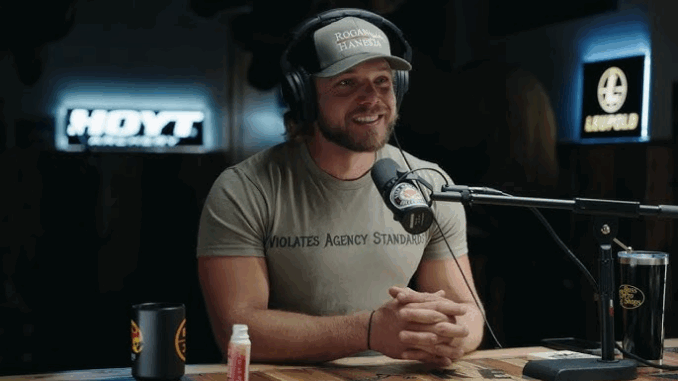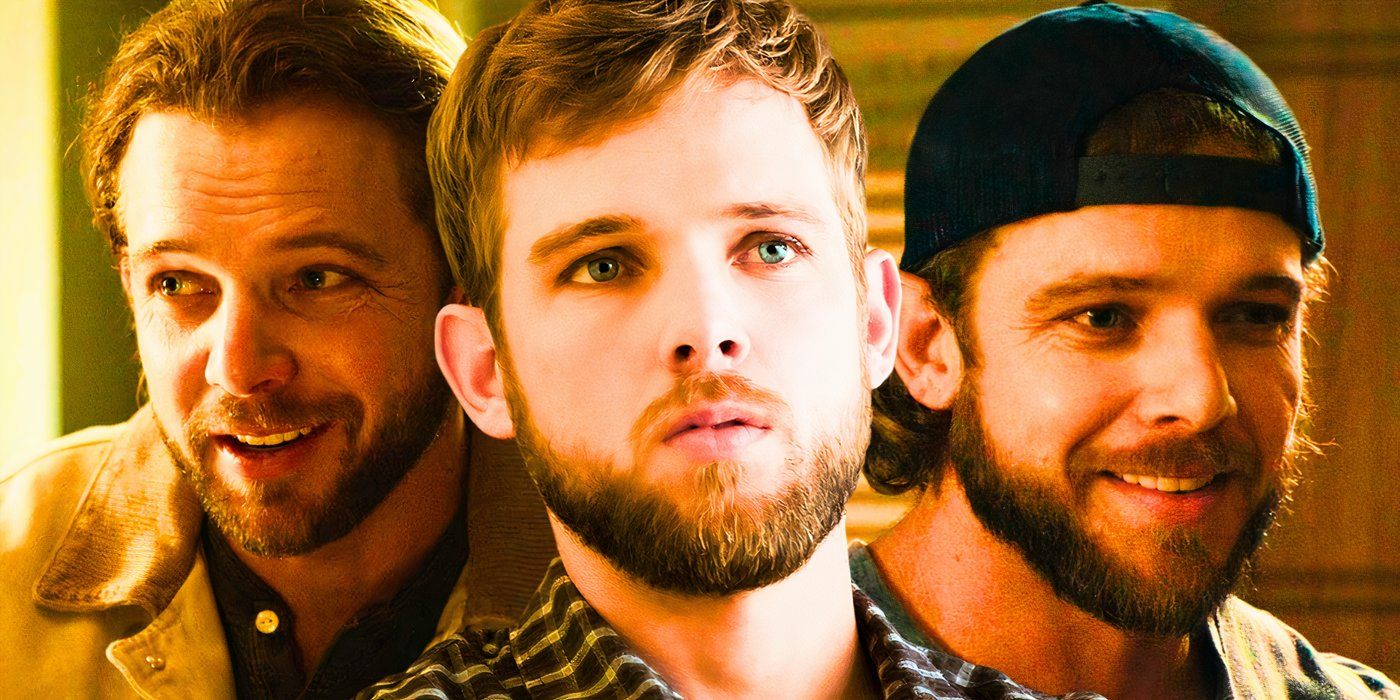
A New Chapter Behind the Camera
Though best known for his intense, emotionally charged roles on screen, Max Thieriot has been quietly building a second legacy — one behind the camera. As a director, he brings a rare level of sensitivity, authenticity, and grounded vision to modern television drama.
What sets Max apart is not just his eye for story — it’s the empathy with which he directs. His evolution into directing was never a power grab; it was a natural step for someone who views storytelling as a shared act of trust.
“Acting teaches you how to listen,” Max says. “Directing teaches you what to do with what you hear.”
Learning Through Observation
Max’s transition into directing didn’t happen overnight. During his years on SEAL Team, he watched and learned. Between takes, he stood beside seasoned directors, asked technical questions, and studied how scenes were composed.
He wasn’t just interested in shot composition. He wanted to understand how energy is managed on set, how tension is built without words, and how to guide actors toward truth without pushing them off-balance.
His early directing mentors noted Max’s unusual attention to detail — not for control, but for emotional coherence.
The First Leap: Directing SEAL Team

Max made his directorial debut on SEAL Team, the military drama where he also starred. His episode was a turning point — not only for the show’s tone, but for Max’s career.
He didn’t just direct action; he shaped emotional architecture. He made quiet moments matter. He reframed combat scenes to show vulnerability, not just bravado.
“You could feel something shift,” said one cast member. “He made the war personal, not just political.”
Afterward, CBS offered Max more directing opportunities, and he quickly became known as someone who made actors feel safe and seen.
Crafting Fire Country With a Director’s Heart
When Fire Country was greenlit, Max didn’t just create the story — he helped physically build the world, from location scouting to color palettes.
As a director on multiple episodes, Max set a tone that balanced urgency with introspection. He wanted fire scenes to feel real but never exploitative. He wanted quiet moments to burn brighter than explosions.
He’s hands-on with everything: lens choice, wardrobe textures, flame simulation, even camera height — all to make the audience feel immersed, not manipulated.
A Visual Language of Redemption
Max’s directing style has developed its own grammar. Some hallmarks:
-
Low angles during vulnerability — inviting empathy, not power.
-
Long takes during confessions — trusting the actor, avoiding fast cuts.
-
Muted color in flashbacks — evoking memory without melodrama.
-
Wide shots for isolation — letting characters look small when they feel lost.
These choices aren’t aesthetic indulgences. They serve his favorite theme: the possibility of redemption.
Directing as an Act of Listening
Many directors enter a set with an ironclad plan. Max arrives with a question: “What does the scene need to feel like?”
He’s collaborative. He’ll often ask actors, “What do you think your character wants right here — not from the story, but from the person in front of them?”
He adjusts blocking based on instinct. He’s not afraid to throw out a camera setup if it doesn’t feel right emotionally.
“It’s not about showing off,” Max says. “It’s about showing up — for the story, and for each other.”
Where He’s Headed Next
Max has quietly begun developing original directing projects, including a limited series set in rural America. He’s also attached to helm a feature film that explores intergenerational trauma in wildfire communities.
His goal isn’t to become a blockbuster filmmaker. It’s to create intimate, grounded visual narratives that bridge real lives and dramatic storytelling.
And if he has his way, more actor-directors from working-class backgrounds will follow.
